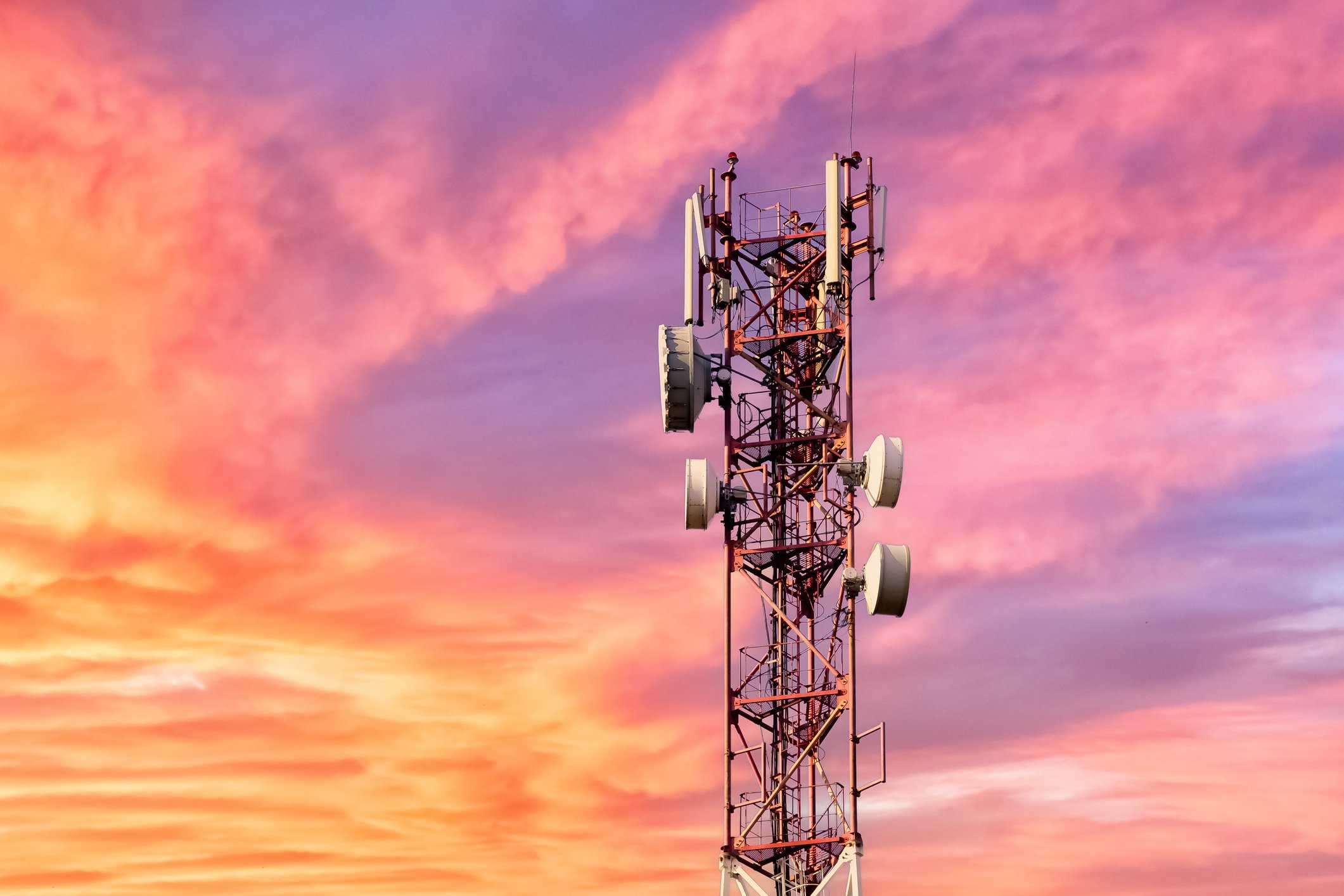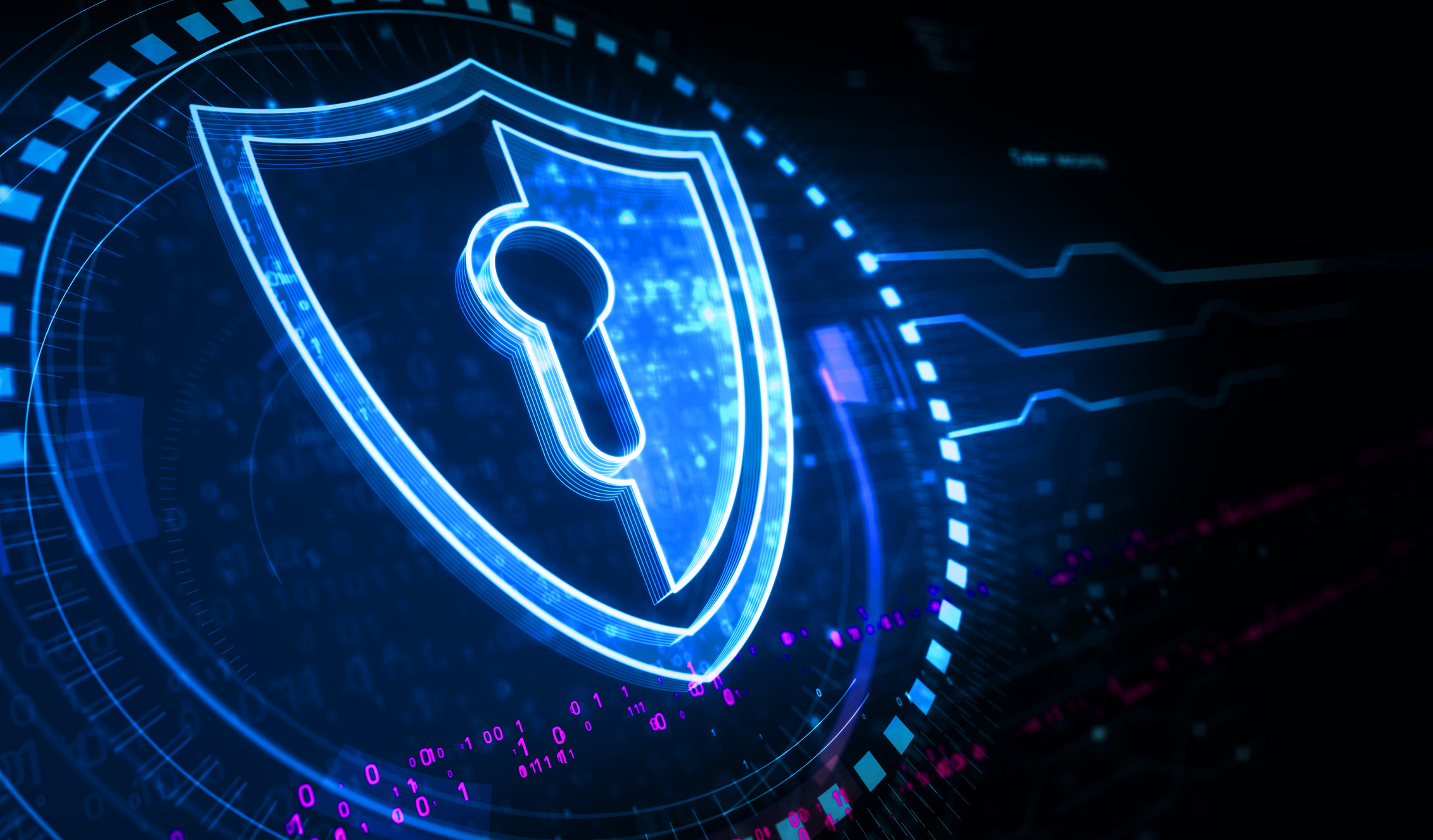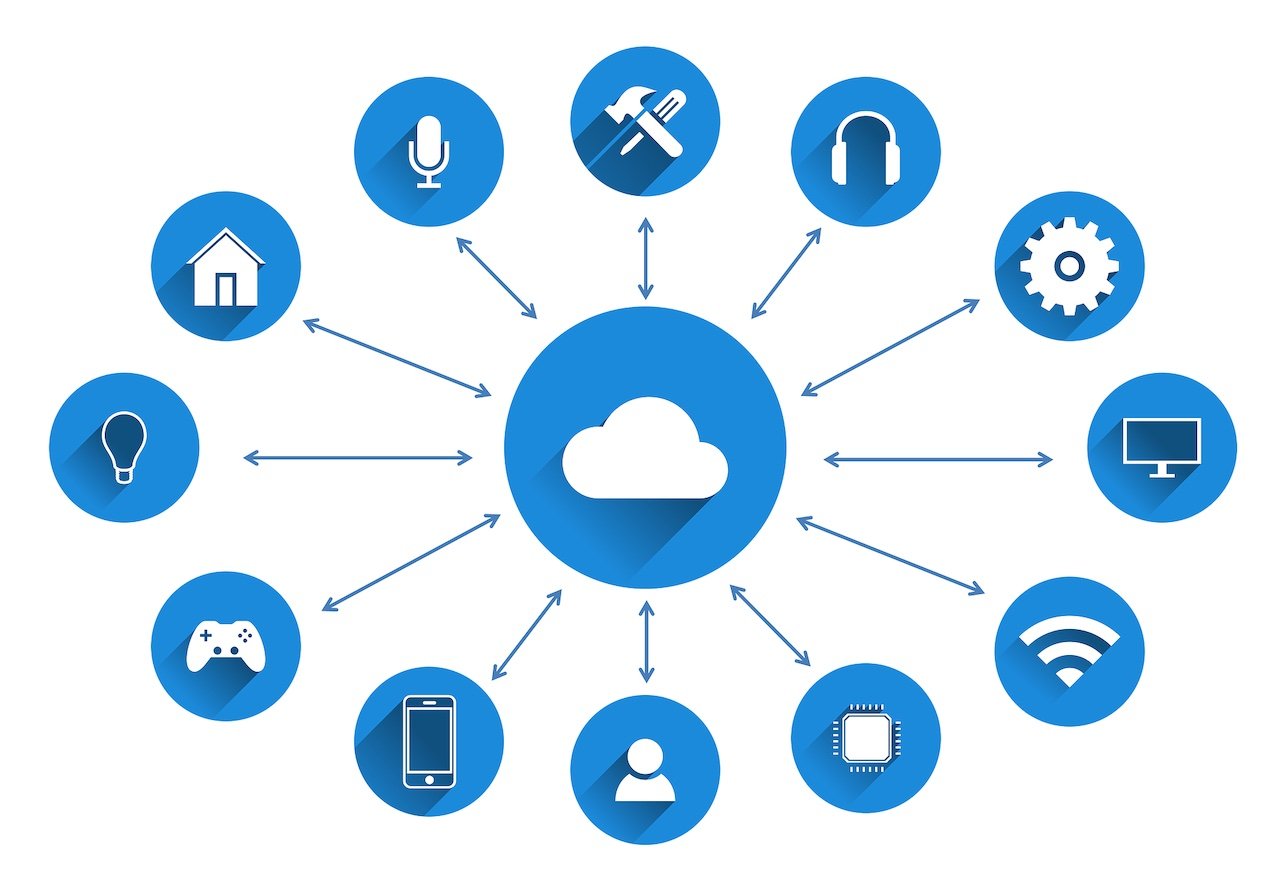
- April 2025 (1)
- March 2025 (2)
- February 2025 (1)
- December 2024 (2)
- November 2024 (2)
- August 2024 (2)
- June 2024 (3)
- May 2024 (3)
- April 2024 (1)
- March 2024 (3)
- February 2024 (2)
- January 2024 (2)
- December 2023 (1)
- November 2023 (2)
- October 2023 (2)
- September 2023 (1)
- August 2023 (1)
- July 2023 (2)
- June 2023 (3)
- May 2023 (2)
- April 2023 (1)
- March 2023 (4)
- February 2023 (1)
- January 2023 (2)
- November 2022 (2)
- October 2022 (1)
- September 2022 (1)
- August 2022 (2)
- July 2022 (2)
- June 2022 (2)
- May 2022 (1)
- April 2022 (3)
- March 2022 (1)
- February 2022 (3)
- January 2022 (2)
- December 2021 (1)
- November 2021 (1)
- October 2021 (2)
- September 2021 (3)
- August 2021 (1)
- July 2021 (4)
- June 2021 (1)
- May 2021 (2)
- April 2021 (2)
- March 2021 (2)
- February 2021 (3)
- January 2021 (3)
- December 2020 (1)
- October 2020 (1)
- August 2020 (1)
- August 2019 (1)
- January 2019 (2)
- September 2018 (5)
- June 2018 (1)
- November 2017 (1)
- September 2017 (1)
- July 2017 (1)
- May 2017 (1)
- January 2017 (1)
- October 2016 (2)
- August 2016 (1)
- July 2016 (1)
- June 2016 (1)
Subscribe by email
IoT devices need flexible network technologies optimized for low-power applications without sacrificing reliable connectivity or optimal device performance. As wireless communication standards evolve to meet the demands of the market, innovative solutions are required to facilitate peak operation for the numerous applications that rely on IoT technologies.
LTE Cat 1 bis, an IoT-optimized evolution of LTE Cat 1, is emerging as a frontrunner for applications requiring greater data rates than those offered by other low-power LTE variants while still maintaining affordability and efficiency. LTE Cat 1 bis offers flexible and cost-effective LTE connectivity for IoT devices.
LTE Cat 1 bis’s global IoT compatibility, energy efficiency, robust bandwidth, and forward compatibility make it an ideal choice for many IoT applications, including asset tracking, retail payment solutions, and consumer electronics. In this article, we will explore the technology, assess its benefits and drawbacks, and explore how Zipit Wireless’s connectivity expertise can help your business determine a cellular solution tailored to your needs.
Key Takeaways:
-
LTE Cat 1 bis Is a cost-effective, IoT-optimized cellular technology that delivers comparable performance to LTE Cat 1.
-
LTE Cat 1 bis uses simple hardware, reducing device complexity and cost while maintaining strong data rates and low latency.
-
LTE Cat 1 bis operates on existing 4G LTE infrastructure, ensuring widespread coverage and smooth transition paths to 5G networks.
-
With support for power-saving modes like PSM and eDRX, LTE Cat 1 bis is suited for battery-powered devices that stay active over long periods.
-
LTE Cat 1 bis supports higher data throughput and lower latency than LTE-M or NB-IoT, enabling use cases that include voice, video, and real-time communication.
What is LTE Cat 1 bis?
LTE Cat 1 bis is a cost-effective, power-efficient cellular technology optimized for IoT and M2M applications. LTE Cat 1 bis is a streamlined, simplified version of LTE Cat 1. It offers comparable speeds to LTE Cat 1, but Cat 1 bis employs a single antenna and one receive RF chain, reducing the overall design complexity.
Despite its compact size, LTE Cat 1 bis still offers high-performance network capabilities, granting customers access to impressive data rates at a reduced cost. LTE Cat 1 bis can access global availability by leveraging pre-existing 4G LTE network coverage. The technology also provides a clean transition roadmap from 4G to 5G, a consideration becoming all the more pertinent with the launch of eRedCap.
Learn more: Cellular vs. Wi-Fi for IoT: Which is Better?
Why is LTE Cat 1 bis ideal for IoT devices?
LTE Cat 1 bis provides IoT devices with ultra-reliable connectivity, low power consumption, and rapid data transmission at an accessible price point. IoT devices using LTE Cat 1 bis don’t need a network capable of exchanging large volumes of data, but they need to reliably access an available network while remaining mobile and utilizing minimal power.
IoT devices often need to remain active for an extended time, even if they only exchange data periodically. Low power consumption is critical for energy efficiency, battery preservation, and device longevity. This requires network capabilities that can handle intermittent data transactions quickly and efficiently and devices that can transition into low-power modes without interruptions in performance.
IoT devices positioned in remote locations or harsh environments benefit enormously from the prolonged battery life offered by LTE Cat 1 bis. IoT applications that monitor data across broad geographic regions for numerous mobile devices (like asset tracking) can perform recurrent, reliable data transactions with the technology. LTE Cat 1 bis allows IoT developers and device manufacturers to leverage cutting-edge innovations without demanding overly complex form factor design or prohibitively expensive implementations.
Many IoT devices do not need the high bandwidth and ultra-low latency offered by 5G network solutions. Some IoT developers are further dissuaded from adopting 5G due to high power consumption, prohibitive costs, and large, complex form factors. Consequently, 4G cellular LPWANs (Low-Power Wide-Area Networks) have emerged as a popular alternative to non-cellular LPWANs, with LTE-M and NB-IoT seeing the largest adoption. However, LTE-M and NB-IoT have seen uneven global deployments, resulting in roaming challenges with some mobile IoT devices. Furthermore, these LPWAN technologies are not necessarily equipped to handle more demanding data requirements.
Learn more: Transitioning to Cellular IoT: How to Make the Switch
What are the advantages of LTE Cat 1 bis?
LTE Cat 1 bis is an optimized LTE solution designed to balance performance, global connectivity, and affordability for IoT applications. By simplifying the LTE Cat 1 architecture, LTE Cat 1 bis minimizes design complexity, enhances power efficiency, and lowers overall costs while maintaining high data rates and low latency. With global LTE network compatibility, robust power-saving features, and future-proof connectivity, LTE Cat 1 bis is an ideal choice for IoT deployments requiring reliable, long-term operation.
Reduced hardware complexity
LTE Cat 1 bis streamlines the LTE Cat 1 design by removing the additional RF inputs and antennas, allowing for compact device design, greater power efficiency, and a reduced energy footprint.
High peak downlink and uplink speeds
By utilizing LTE Cat 1’s infrastructure, LTE Cat 1 bis provides data rates that significantly outpace other LPWAN technologies. This allows LTE CAT 1 bis to support a broader range of data transmissions, including video and voice.
Low latency
LTE Cat 1 bis provides low latency (~50-100 ms), making it ideal for near real-time applications that utilize voice, video, and remote control. LTE Cat 1 bis often provides lower latency than comparable LPWANs.
Global network coverage
LTE Cat 1 bis operates on pre-existing 4G LTE networks without modification, granting it global coverage where LTE networks are already available.
Low-power consumption
LTE Cat 1 bis offers a low-power, energy-efficient alternative to other LTE variants that provide similar data rates, like LTE Cat 1. Power consumption can be reduced by sacrificing performance.
PSM and eDRX compatibility
LTE Cat 1 bis supports power-saving features like Power-Saving Mode (PSM) and extended Discontinous Reception (eDRX). These modes are particularly effective at extending the battery life of IoT devices with predictable data transmission patterns.
Longevity
The combination of low power consumption, compact design, and high-performance capabilities of LTE Cat 1 bis is tailored for IOT field applications that transmit data intermittently. LTE Cat 1 bis facilitates extended service and long-term deployment for IoT applications.
Affordability
LTE Cat 1 bis is a cost-effective alternative for IoT use cases requiring greater performance capabilities and data transmission requirements than those offered by lower-end LTE variants.
Forward compatibility
As 2G and 3G networks sunset, devices with LTE Cat 1 bis technology will continue to be operational by connecting to existing 4G networks. A future-proofed innovation, LTE Cat 1 bis will cleanly migrate to 5G core networks, ensuring the longevity of the technology even after 4G is eventually rendered obsolete.
LTE Cat 1 bis vs. LTE Cat 1
LTE Cat 1 bis is an optimized variation of LTE Cat 1 designed for cost-sensitive, lower-power IoT applications. The primary difference between the two technologies is the hardware complexity and cost.
LTE Cat 1 supports Rx diversity, using multiple antennas to receive transmitter signals from different paths. This grants devices nimble access to various networks, allowing them to remain flexible and mobile and ensuring uninterrupted high-quality performance. However, supporting Rx diversity leads to higher costs and increased complexity, as this technology requires two RF inputs, two antennas, more intricate PCB designs, and other additional components.
Since IoT devices are frequently used for high-uptime applications that perform lower-bandwidth transactions, the devices need to be small, simple, and cost-efficient to support massive deployment. LTE Cat 1 bis has a single Rx antenna, enabling compact design options.
Impressively, LTE Cat 1 bis uses the same structure and standards as LTE Cat 1 and maintains the same performance capabilities and network compatibility. This includes 5Mbps uplink (UL) and 10Mbps downlink (DL) data rates, 20MHz bandwidth, and a latency of less than 100ms. However, LTE Cat 1 bis does offer slightly less range than standard LTE Cat 1 due to its reduced number of antennas.
|
Feature |
LTE Cat 1 |
LTE Cat 1 bis |
|
3GPP Release |
Rel 8 |
Rel 13 |
|
Max downlink speed |
10 Mbps |
10Mbps |
|
Max uplink speed |
5Mbps |
5Mbps |
|
Bandwidth |
Up to 20MHz |
Up to 20MHz |
|
Latency |
<100ms |
<100ms |
|
Transmission power |
23 dBm |
23 dBm |
|
Range (MCL) |
144 dB |
141 dB |
|
Antenna requirement |
2 |
1 |
|
Duplex mode |
Full-Duplex, Time Division Duplex |
Full-Duplex, Time Division Duplex |
|
Network compatibility |
Standard LTE networks |
Standard LTE networks |
LTE Cat 1 bis vs. LTE-M vs. NB-IoT
LTE Cat 1 bis’s primary advantages over LPWANs are its dependable connectivity and its superior data transmission speeds.
LTE Cat 1 bis has a global reach that is not offered by its LPWAN competitors like LTE-M or NB-IoT. LTE-M was widely adopted in North and South America and Australia, whereas Eastern Europe and Asia favored NB-IoT implementation. This uneven deployment can lead to coverage gaps when devices are traveling internationally. Wherever there is a 4G LTE network, LTE Cat 1 bis is operational. This allows for highly mobile devices to remain reliably connected.
LTE Cat 1 bis also supports better efficiency than LTE-M and NB-IoT. The data speeds enable quicker updates across IoT devices, demanding less battery power and maximizing product longevity. However, many IoT use cases do not need these elevated data rates to maintain optimal performance and the technology can be overkill in some instances.
LTE Cat 1 bis also carries a higher price tag than LTE-M and NB-IoT. While this added cost is justified by its higher data rates, lower latency, and flexibility, not all products require the superior performance metrics offered by LTE Cat 1 bis. However, as the technology becomes more commonly used, LTE Cat 1 bis prices are expected to align more closely with LTE-M and NB-IoT, making it even more attractive to developers.
All three technologies support low energy consumption, battery preservation, and power-saving modes like PSM and eDRx. However, due to the higher data rates and more frequent data transmissions, LTE Cat 1 bis is not as suited for ultra-low power applications.
|
Feature |
LTE Cat 1 bis |
LTE-M |
NB-IoT |
|
3GPP Release |
Rel 13 |
Rel 13 |
Rel 14 |
|
Max downlink speed |
10Mbps |
1Mbps |
127Kbps |
|
Max uplink speed |
5Mbps |
1Mbps |
159Kbps |
|
Bandwidth |
Up to 20MHz |
1.4MHz |
180KHz |
|
Latency |
~50-100ms |
100-150ms |
1.5-10 sec |
|
Transmission power |
23 dBm |
20-23 dBm |
20-23 dBm |
|
Maximum Coupling Loss (MCL) |
141 dB |
156 dB |
164 dB |
|
Antenna requirement |
1 |
1 |
1 |
|
Duplex mode |
Full-Duplex |
Half or Full-duplex |
Half-duplex |
|
Coverage |
Global LTE coverage |
Regional, requiring new infrastructure |
Regional, built on pre-existing LTE technology |
|
Freedom to Leave |
Supports eUICC (eSIM) |
Supports eUICC (eSIM) |
Does not support SMS, not ideal for eUICC |
Learn more: NB-IoT vs. LTE-M: Which Cellular IoT Technology is Right for You?
What is LTE Cat 1 bis used for?
LTE Cat 1 bis is most effective in scenarios that must balance high uptimes with low power consumption and low-throughput without sacrificing performance. These applications are often massively deployed and are designed to be continuously and easily scaled.
- Asset tracking and fleet management: LTE Cat 1 bis offers global insight into the condition and location of assets in real time. This includes vehicles, shipping containers, and valuable cargo. Telematics businesses can obtain critical perspectives into vehicle diagnostics, driver behavior, and performance through LTE Cat 1 bis’s cost-effective LTE network coverage.
- Energy monitors and smart meters: Smart meters transmit utility usage data for billing and remote monitoring and adjustment. Smart water, gas, and electricity meters all require infrequent but regular data transmissions and rely on low-power modes like PSM and eDRX to preserve longevity.
- Security and surveillance systems: Alarm systems, remote security cameras, and motion detectors all need real-time feeds and prompt alerts. LTE Cat 1 bis can support higher data speeds than other LPWANs, facilitating rapid communication and response times.
- Point-of-sale (POS) terminals and retail: Secure, real-time payment processing requires stable data rates for system updates and seamless customer experiences. LTE Cat 1 bis can also provide these applications with inventory insight, making them ideal for remote payment terminals.
- Smart home appliances: Smart home devices rely on moderate data transfers to regulate and monitor temperature, utility usage, lighting, and home security. These devices use predictable data cycles and rely on low-power modes to preserve battery.
- Smart cities and public infrastructure management: LTE Cat 1 bis can offer smart cities infrastructural insight into streetlights, parking meters, traffic management, and more. The moderate data speeds supported by LTE Cat 1 bis facilitate frequent updates from multiple sensors and make it suitable for both urban and suburban locations.
- Healthcare & patient monitoring: Remote patient monitoring tools help individuals manage chronic illness and grant healthcare providers real-time insights into relevant biometric data. Reliable connectivity and extended battery life are essential for these devices to promote positive health outcomes.
- Environmental monitoring: LTE Cat 1 bis is perfect for IoT applications in remote locations and harsh terrains, like many wildlife behavior cameras and air quality monitors. The low power usage, prolonged battery life, and data speeds are ideally suited for environmental applications.
- Industrial technologies: LTE Cat 1 bis can be used for predictive maintenance, tracking industrial equipment performance, and automating industrial technologies. Real-time sensors allow for the transmission of machine diagnostics and support time-sensitive operational actions through the technology’s low latency.
- Connected logistics & cold chain monitoring: Businesses can monitor perishable goods during transportation with LTE Cat 1 bis’s global network compatibility. Real-time alerts notify when there are fluctuations in temperature or humidity and create opportunities for quality preservation and timely interventions.
- Agriculture & smart farming: Agricultural applications like livestock tracking, soil monitoring, and smart irrigation systems all benefit from LTE Cat 1 bis. The LTE network accessibility provides reliable coverage, even in rural areas. Low-power modes reduce the amount of maintenance required on devices often placed in remote farming locations.
Is LTE Cat 1 bis right for your application?
LTE Cat 1 bis is best for IoT applications that require:
- Simple, compact, and lightweight device design.
- Moderate data needs that can support voice and video data transmissions. These data demands often outpace standard LPWAN’s capabilities but are not so robust as to require 5G connectivity.
- Low power consumption promotes prolonged battery life and infrequent maintenance and supports PSM and eDRX features.
- Cost-sensitive budgets that support broad product deployment.
- Reliable global network coverage that allows mobility and flexibility. LTE Cat 1 bis utilizes 4G but can fall back on 2G in areas without 4G coverage. This ensures that devices can stay connected to cellular networks regardless of location.
How to choose an LTE Cat 1 bis provider
When choosing an LTE Cat 1 bis partner, it’s essential to find one that offers extensive industry expertise, comprehensive IoT connectivity solutions, and competitive pre-negotiated data plans from leading cellular technology providers.
Zipit Wireless has a wealth of experience successfully launching IoT products to market, ensuring seamless and reliable network access. Our proprietary billing solutions, extensive carrier and SIM options, and device monetization experience make us uniquely qualified to maximize the growth potential of IoT businesses. Zipit offers every type of IoT and Fixed Wireless Access (FWA) connectivity, including LTE Cat 1 bis. Since LTE Cat 1 bis is supported by pre-existing infrastructure, every SIM will work across all LTE networks.
Custom data plans
Zipit’s custom data plans are tailored to meet your enterprise’s specific needs without incurring the exorbitant fees associated with custom plans negotiated by major MNOs. Our established relationships with top-tier carriers provide our clients with multiple cost-saving deployment options.
Global scalability and connectivity
Zipit is also adept at helping brands scale globally and strategically. LTE Cat 1 bis’s extensive network coverage is one of the technology’s standout features, and Zipit is primed to help you leverage the opportunities provided by this flexibility as your business grows.
Advanced platform management and analytical insights
We offer a connectivity management platform that unifies operations, troubleshooting, and device monitoring in a centralized location. This allows for deep analytical insights and agile responses to real-time data. Many LTE Cat 1 bis devices are broadly deployed, making streamlined strategic management crucial to the success of the IoT product.
Learn more: What is an IoT Platform?
Streamlined billing solutions
Zipit Wireless also has a proprietary IoT billing platform, creating an opportunity for you to customize a branded user interface that allows you to manage data usage and plan options, identify performance and connectivity problems, and further streamline your workflow. This secure platform helps businesses effectively monetize their IoT devices and generate recurring revenue channels.
Zipit Wireless provides reliable global connectivity for IoT innovations. Contact us and discover how we can help you leverage cellular technology advancements and maximize your product’s reach and performance.
You may also like:
Related Content
The latest IoT insights and platform updates from Zipit.
Every cellular-based IoT device relies on a public or private Access Point Name (A...
The network an IoT device selects significantly impacts the strength and reliabili...
Deploying an IoT solution brings significant value to businesses, but it also intr...



